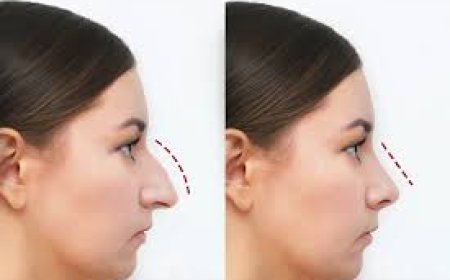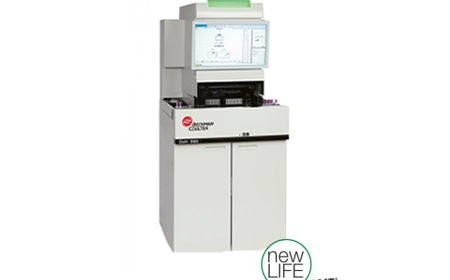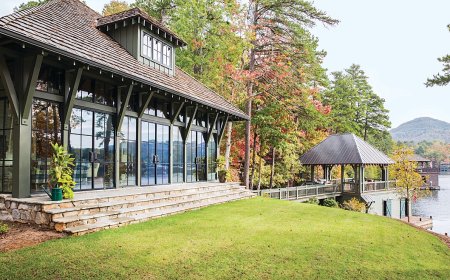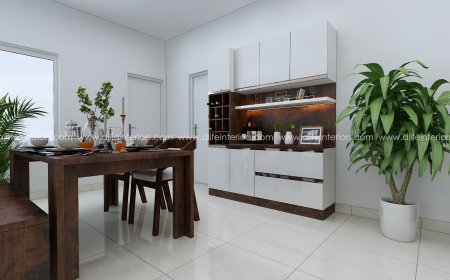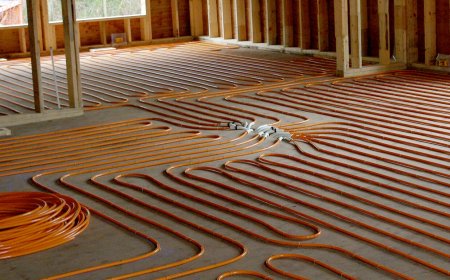The Relationship Between Duct Velocity and Noise: Why Sound Attenuators Matter
Explore how duct velocity impacts HVAC noise levels and why sound attenuators are critical in maintaining acoustic comfort and system efficiency.

In any HVAC system, managing airflow and maintaining acoustic comfort is a delicate balance. Sound attenuators play a crucial role in achieving this by controlling the noise that often results from high duct velocities. As air moves through ductwork at increased speeds, turbulence and friction create sound energycommonly experienced as annoying humming, whistling, or whooshing sounds. Understanding how duct velocity contributes to noise, and how sound attenuators address this, is essential for HVAC designers, facility managers, and engineers aiming to optimize building performance.
Understanding Duct Velocity in HVAC Systems
What Is Duct Velocity?
Duct velocity refers to the speed at which air travels through the ductwork, typically measured in feet per minute (FPM). A number of variables, including fan speed, duct size, air volume needs, and overall system design, affect the velocity.
Why It Matters
While higher duct velocity can help reduce the size of ductwork and save space, it often comes at the cost of increased noise. Excessive velocity may lead to uncomfortable sound levels, which can affect occupant satisfaction, especially in commercial, healthcare, and educational facilities.
How Duct Velocity Generates Noise
1. Airflow Turbulence
When air moves quickly through ducts, especially around bends, transitions, or restrictions, turbulence occurs. This turbulence disrupts the smooth flow of air, generating vibrations and noise that travel through the duct system.
2. Mechanical Vibration
Increased velocity can cause vibration of the duct walls or internal components. These vibrations may resonate throughout the structure, amplifying noise in surrounding rooms or spaces.
3. Static Pressure Buildup
High velocity often results in elevated static pressure, which can strain fans and cause rattling noises within duct joints, diffusers, or grills.
4. Frequency Shifts
Higher airflow velocities can shift the frequency of generated noise into ranges more noticeable or irritating to the human ear, especially in quiet environments like offices or hospitals.
Recommended Duct Velocities by Application
To mitigate noise while maintaining airflow performance, industry standards often suggest velocity limits for different applications:
| Application Area | Recommended Duct Velocity (FPM) |
|---|---|
| Office Spaces | 800 1,000 |
| Hospital Rooms | 600 800 |
| Auditoriums/Theaters | 400 600 |
| Mechanical Rooms | 1,200 2,000+ |
If your design exceeds these values, incorporating sound attenuators becomes critical to noise control.
What Are Sound Attenuators and How Do They Help?
Definition and Purpose
Installed in HVAC duct systems, sound attenuators are specially designed devices that lower airborne noise without substantially compromising airflow. They typically contain baffles lined with sound-absorbing material that dissipate acoustic energy as air flows through them.
How They Work
As air passes through the attenuator, the sound waves are absorbed by internal linings and redirected in a way that cancels or diminishes their intensity. This process lowers the sound pressure level, effectively quieting the air handling system.
Key Benefits of Using Sound Attenuators
1. Noise Reduction Without Sacrificing Airflow
Unlike duct wraps or external noise barriers, attenuators are integrated into the airflow path and reduce noise while allowing uninterrupted ventilation.
2. Enhanced Occupant Comfort
Lower noise levels lead to better focus, productivity, and overall satisfaction in workspaces, classrooms, and healthcare settings.
3. Protects System Components
Attenuators help buffer vibrations and turbulent air, which can reduce long-term wear on fans, dampers, and duct sections.
4. Supports Acoustic Compliance
In commercial and institutional buildings, meeting acoustic standards (e.g., NC or dBA levels) is often mandatory. Sound attenuators help systems stay within these requirements.
Balancing Duct Velocity and Attenuation
Sizing and Placement
Choosing the right attenuator involves balancing the required noise reduction with minimal impact on system pressure drop. Oversizing or poor placement can compromise airflow efficiency.
Key considerations include:
-
Duct dimensions
-
Air velocity
-
Insertion loss required (measured in dB)
-
Available space for installation
Pressure Drop Considerations
While some attenuators may introduce slight resistance to airflow, high-quality designs minimize pressure drop, allowing fans to operate efficiently.
Applications Where Attenuators Are Essential
-
Data Centers: Where high airflow is needed but equipment noise must be minimized.
-
Hospitals and Labs: To maintain silence for patient comfort and accurate equipment function.
-
Corporate Offices: Especially in open-plan designs, where HVAC noise can be distracting.
-
Hotels and Residential Towers: To maintain a quiet atmosphere without sacrificing climate control.
Best Practices for Engineers and Facility Designers
-
Model Acoustic Impact Early: Include sound modeling in the design phase to identify where attenuators are most beneficial.
-
Avoid Over-Velocity: Design ducts with recommended velocity limits in mind.
-
Specify High-Performance Attenuators: Select attenuators with low-pressure drop and high insertion loss where needed.
-
Coordinate with Architectural Layouts: Ensure attenuator size and shape are compatible with available space and maintenance access.
Conclusion
Duct velocity and noise are directly linked, and as buildings become more acoustically sensitive, addressing this relationship is essential. Sound attenuators offer a reliable and effective solution to control noise caused by high-velocity airflow without compromising HVAC system performance.
By integrating sound attenuators into well-designed systems, professionals can achieve quieter, more efficient, and occupant-friendly environments. Whether for a new build or a retrofit, attenuators should be considered a vital part of HVAC noise control strategy.









